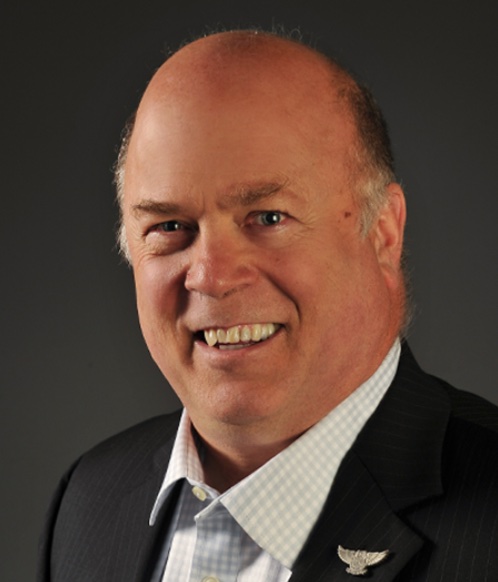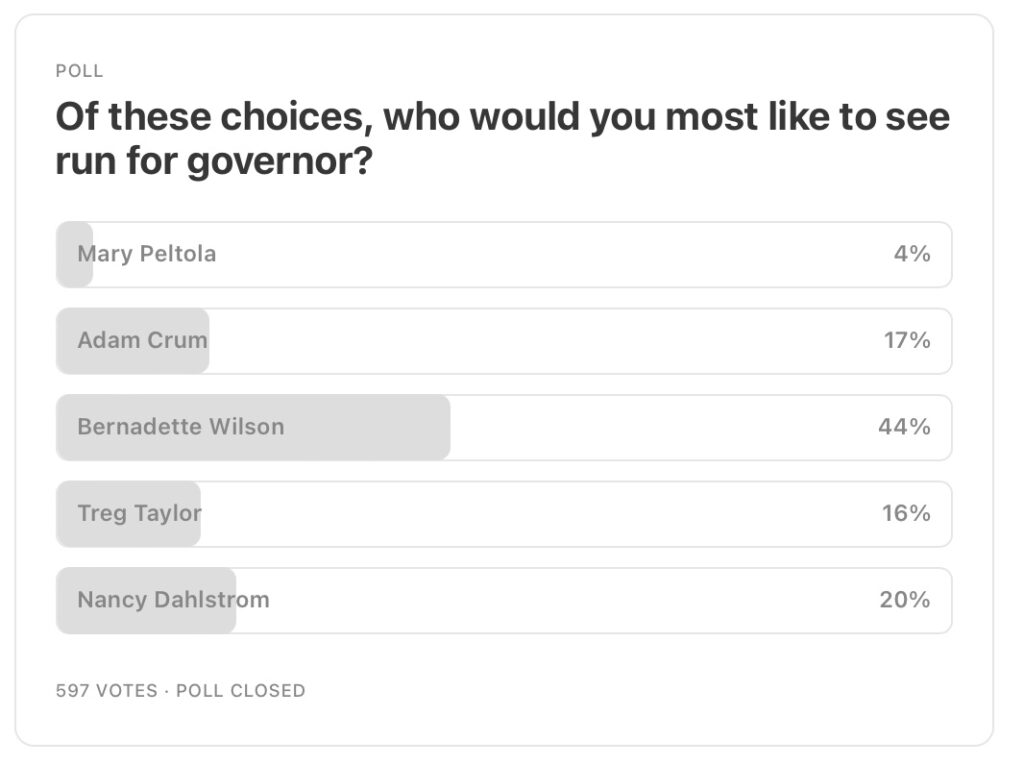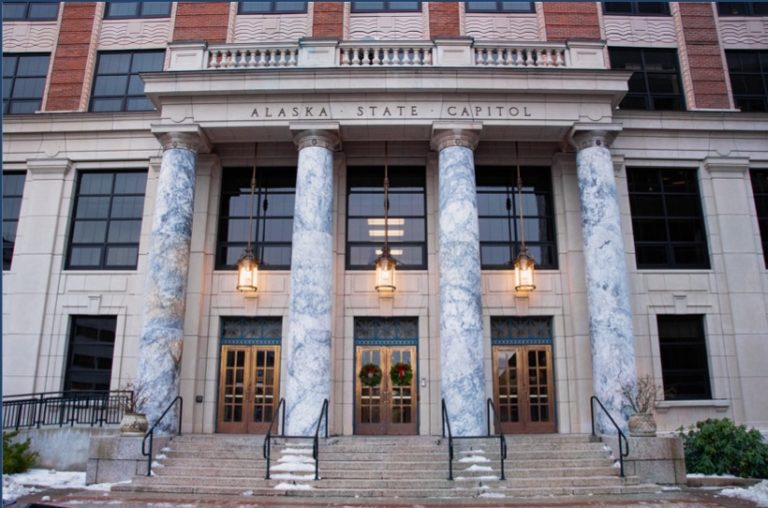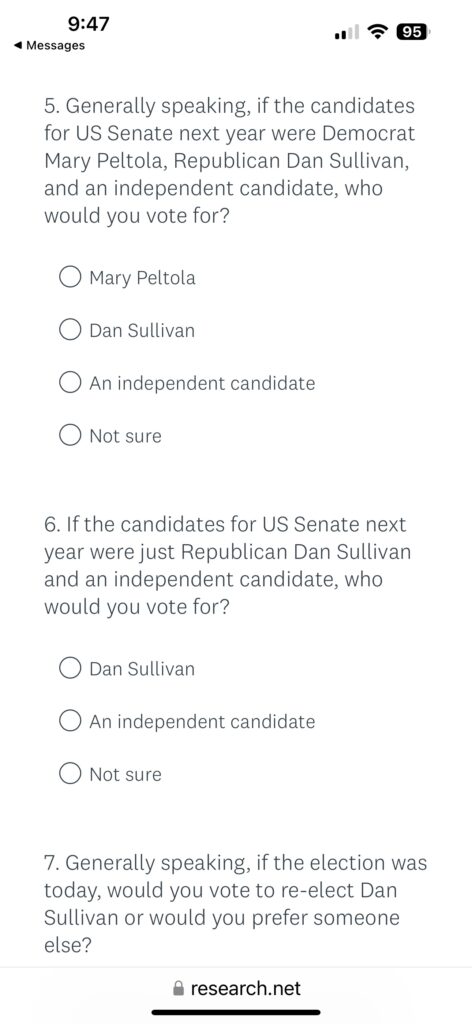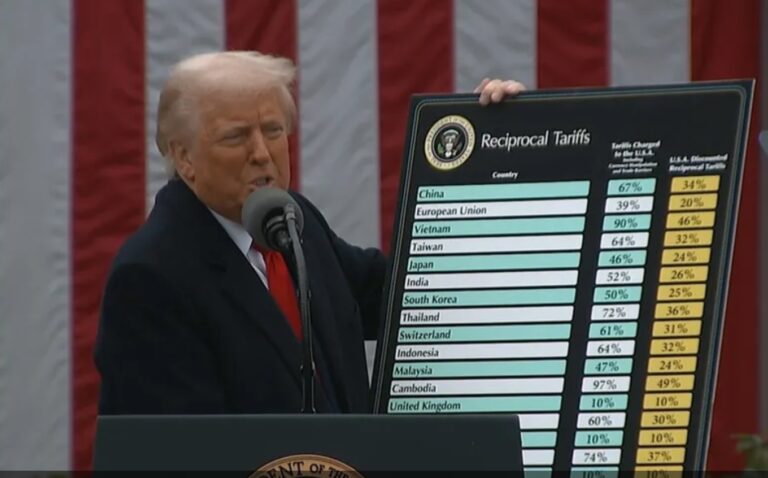By KEVIN MCCABE
The Alaska Railroad’s proposed $274 million estimate to complete the Point MacKenzie Rail Spur is an inflated price tag that doesn’t hold up. With $184 million already spent, the total for 32 miles is $458 million – or $14.31 million per mile.
This is excessive when you look at the scope of the project. With 25.6 miles of embankment already completed, all bridges in place, and 7.2 miles of embankment left (on flat farmland), and 32 miles of track to lay, the final tranche should be closer to $100 million to $150 million, not nearly $274 million.
Rural freight rail construction typically costs between $2 million and $5 million per mile. Due to higher logistics and labor costs, it’s reasonable to expect Alaskan costs to be closer to $5 million to $10 million per mile for more complex projects. However, this project’s terrain and available materials shipping from Port MacKenzie suggest that the remaining work should cost significantly less than the inflated $274 million estimate. A realistic breakdown for the final stretch of the project would be $50 million to $135 million—not $274 million.
To break it down further, the embankment work on the remaining 7.2 miles of flat farmland would typically cost $500,000 to $1 million per mile—adding up to $3.6 million to $7.2 million in total. Given Alaska’s premium costs, we could expect this to go up to $10 million to $15 million at the high end.
For the track-laying portion, which spans 32 miles, the typical cost for rural freight rail would be $1 million to $2 million per mile, putting the total at between $32 million and $64 million. Even with Alaska-specific costs, we can expect that figure to rise to between $80 million and $100 million. Add another $10 million to $20 million for basic signaling and contingency costs, and we get a reasonable estimate of between $50 million and $135 million for the remaining work.
That makes the $274 million estimate look not just high but completely disproportionate. The $184 million already spent on the first part of the project ($7.19 million per mile) is already on the high side, but adding another $274 million ($8.56 million per mile) for a relatively simple stretch of track is excessive. In fact, this estimate suggests more than just inefficiency—it smells of political maneuvering.
Politics plays a significant role here. The Point MacKenzie Rail Spur is seen by many in the Mat-Su region as a key to unlocking the potential of Port MacKenzie, which has long been underutilized due to the lack of rail access. If the rail spur is completed, Port MacKenzie could become a serious competitor to Anchorage’s Port of Alaska, which has faced its own set of challenges with modernization and expansion.
It’s important to note that Port MacKenzie isn’t trying to outcompete Anchorage; rather, they want to complement it. Their goal is to offer services that the Port of Alaska can’t or doesn’t want to handle, filling gaps in the market and providing additional capacity.
However, the Alaska Railroad, whose headquarters are located at the Port of Anchorage, has clear ties to Anchorage’s port and has a vested interest in maintaining its primacy. So, there’s a potential conflict of interest in how the project is being handled. The inflated price tag could be a way to keep Port MacKenzie from growing too quickly, or to secure additional funding from the federal government or state coffers under the guise of an urgent and costly project.
If you step back and look at the numbers, the $274 million estimate just doesn’t add up. To put it in perspective, the Tanana River Bridge, a massive engineering feat, cost $187 million in total. So how can we justify $274 million for 32 miles of flat terrain, with all bridges already completed?
The answer is simple: we can’t. The figures don’t support it unless there are significant undisclosed features – like electrification or hidden terminals – that are somehow driving up the cost. But no such features have been mentioned.
The truth is ~ the estimate could easily be padded for political reasons. A $150 million estimate could be bumped up to $274 million by adding a ‘strategic buffer’ to make the project seem more urgent or to secure more federal and state funding. However, padding it by over $100 million isn’t just strategic; it’s excessive and irresponsible. Ultimately, Alaskans will bear the burden of this overinflated cost.
At $458 million total, this project is on track to become a fiscal albatross, not the economic engine it’s supposed to be. An inflated estimate undermines trust in the Alaska Railroad and state leadership, especially when that money could be better spent elsewhere, like in Anchorage’s port modernization efforts. A more realistic estimate of $100 million to $150 million for the remaining work would bring the total project cost to somewhere between $284 million and $334 million – still ambitious, but more in line with what makes sense for Alaskans.
In the end, the Alaska Railroad’s $274 million estimate is unreasonable and inflated. While I understand that construction costs in Alaska are higher than the national average, the scope of this project simply doesn’t justify this kind of pricing. The high cost appears to be driven by political gamesmanship, not by the needs of the rail project itself. At $458 million, the rail spur becomes more of a political tool than a legitimate infrastructure investment. Alaskans deserve a transparent breakdown of costs, free from political agendas.
Port MacKenzie should complement Anchorage, not compete with it, and we need to make sure this project is finished in a way that benefits all Alaskans, not just a few political players.
Rep. Kevin McCabe is a legislator from Big Lake, Alaska.
